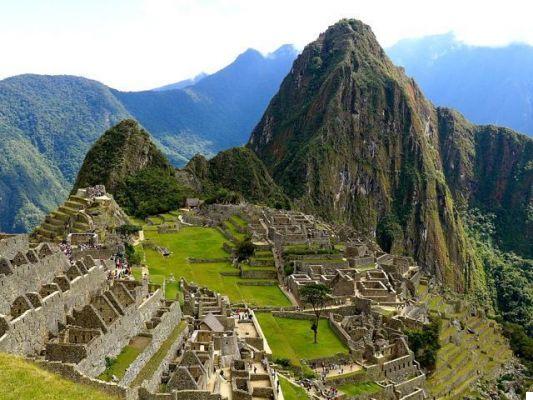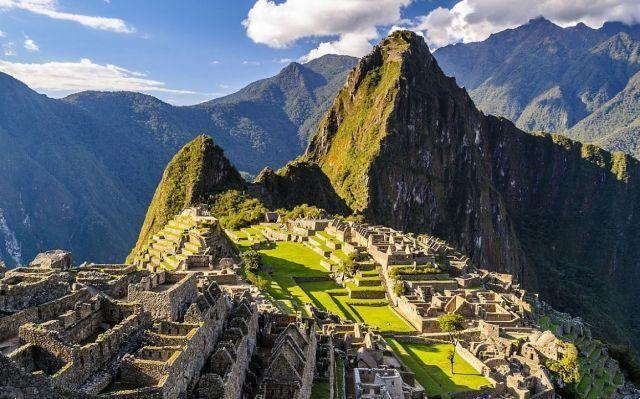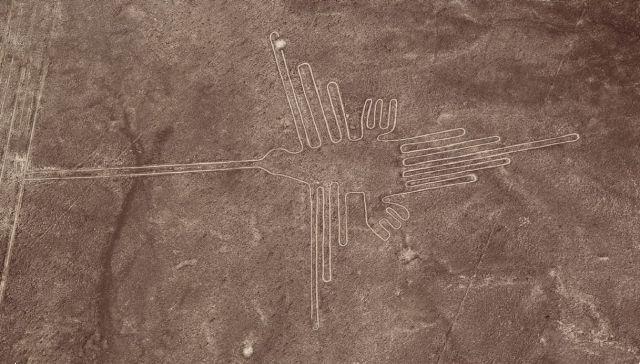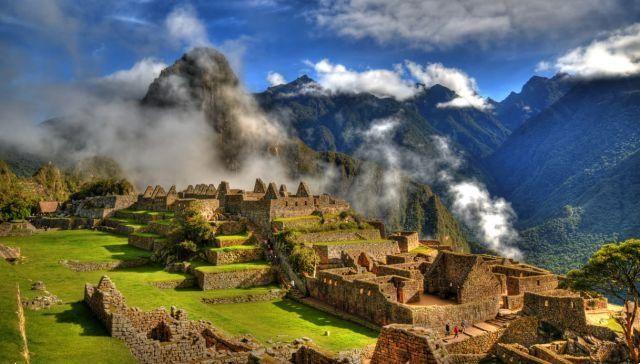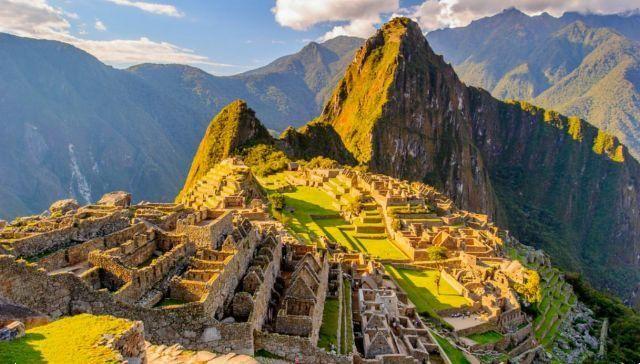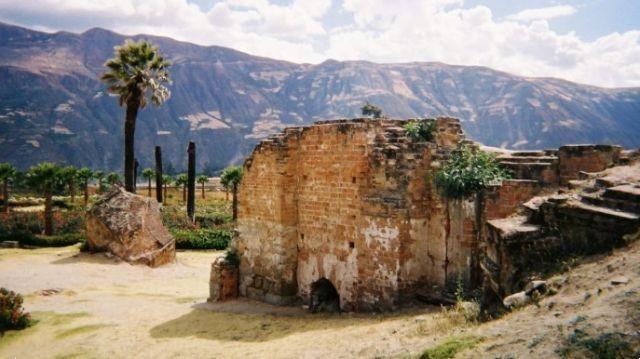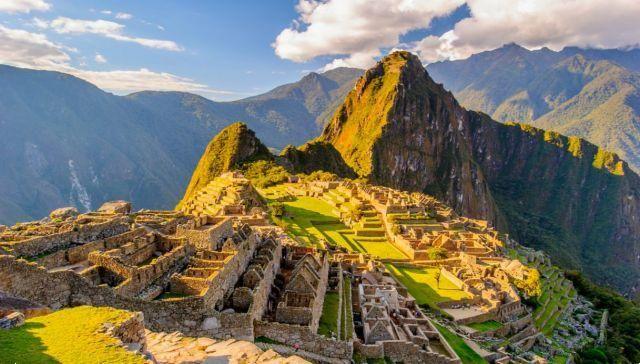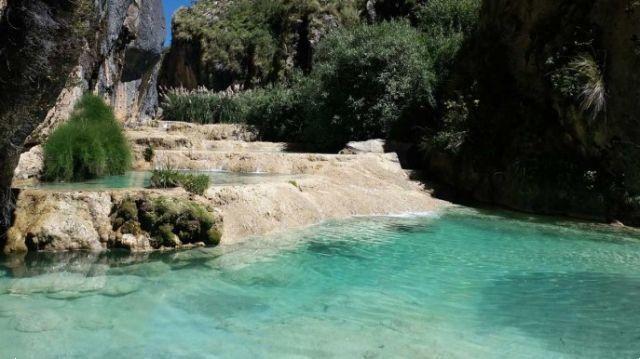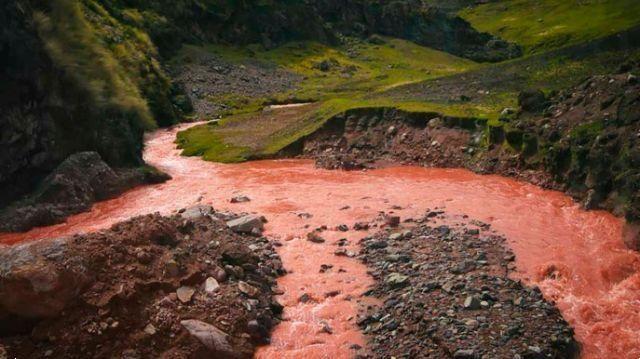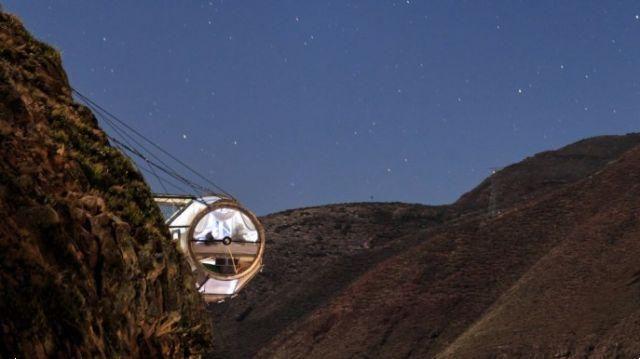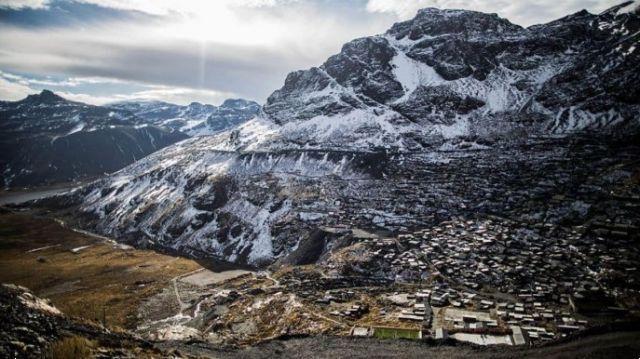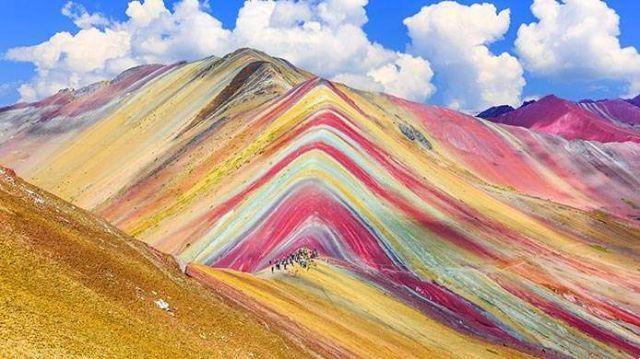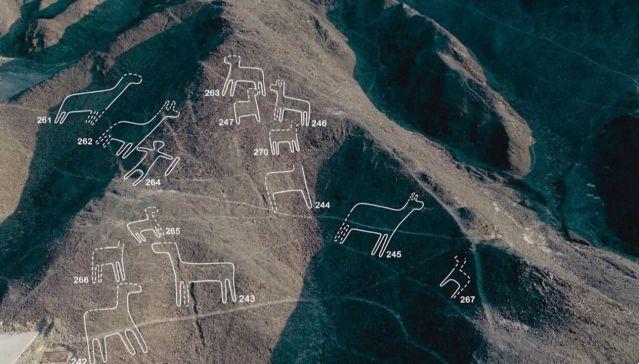 The new discovery could bring to light new information on the famous Nazca Lines, in Peru, still shrouded in deep mystery today
The new discovery could bring to light new information on the famous Nazca Lines, in Peru, still shrouded in deep mystery today
The discovery of oltre cento geoglifi in an ancient and famous desert area in Peru could bring to light new information about the mysterious pre-Columbian works of art that have intrigued scientists and visitors around the world for decades. Here's what it is.
168 new geoglyphs discovered in Peru
Ben 168 new geoglyphs were discovered in the pampas near Nazca and the surrounding area, in Perù, about three hours from the capital Lima. After field investigations, carried out from June 2019 to February 2020 with aerial photographs and drones, at the beginning of December Peruvian and Japanese researchers from Yamagata University announced the sensational discovery at the site UNESCO World Heritage Site, on the southern Pacific coast.
Geoglyphs are enormous drawings in the ground that usually depict animals (the latest discovered represented a cat) or human beings, so strongly stylized that they can only be recognized from an elevated position, so it is often necessary to fly over them to admire them. Precisely in this area of Peru are the most famous in the world, known as “Nazca Lines”. According to what archaeologist Jorge Olano, head of the research program, told Reuters, the new geoglyphs found in Nazca "mostly correspond to small figures on average 2 to 6 meters long".
Dated between 100 BC and 300 AD., represent humans, felines, snakes, orcas, birds and native camelids – mammals such as llamas, guanacos and alpacas – and are part of the repertoire of gigantic figures sculpted in the desert by ancient pre-Columbian civilisations. The discovery adds to the other 190 figures observed in the same area since 2024, i.e. since it began to be studied. However, the vastness of the territory they cover has made heritage studies and conservation more complicated.
The mystery of the Nazca Lines
The purpose of the Nazca Lines, which can only be seen from above, remains shrouded in mystery. The geoglyphs are believed to have been laid out during the heyday of the Nazca Civilization, between 300 B.C. and 500 AD. Over the years, various theories and interpretations have been put forward on their meaning and purpose, from the astronomical calendar to the cult of gods or water.
The newly discovered ones, being smaller, can also be seen from the ground, Masato Sakai, a professor at Yamagata University who led the study, told Reuters. As many as 36 of these geoglyphs were discovered in the Aja area, near the city of Nazca. The discovery of 41 geoglyphs in this area was previously announced by Yamagata University in 2014 and 2015, which led to the creation of a archaeological park in 2017 in collaboration with the Peruvian Ministry of Culture to protect them. With the latest discovery, we are now certain that a total of 77 geoglyphs are concentrated in this archaeological park
Like the other geoglyphs observed in the past, they were created by removing alluvial pebbles of various sizes and thus highlighting the white sand underneath, so as to make the lighter lines visible from far away. The studies conducted by the university in collaboration with the government of Peru have contributed to delineating and protecting the area struggling with urban and economic development. In fact, some geoglyphs risk being destroyed due to the recent expansion of mining laboratories in the archaeological park. For this reason, Yamagata University has declared that it will continue the study of geoglyphs with models based onartificial intelligence, in order to determine their distribution and exact position in the desert and contribute to the conservation of the lines.
Source: iStock




